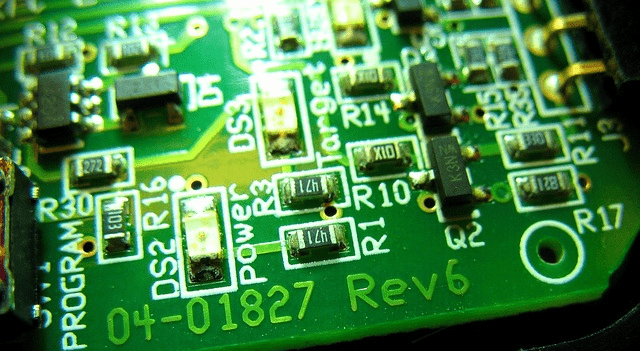Qualcomm (NASDAQ:QCOM) announced on Monday, October 27, 2025, the launch of its new artificial intelligence accelerator chips, the AI200 and AI250, marking its entry into the data center market and a direct challenge to Nvidia’s (NASDAQ:NVDA) leadership. The products will be commercially available in 2026 and 2027, respectively.
Qualcomm, traditionally focused on mobile semiconductors, is now looking to leverage its expertise in neural processing units (NPUs), used in smartphones, to compete at scale in the AI infrastructure market.
The AI200 will be offered as a standalone component or in complete racks of liquid-cooled servers. The first confirmed customer is the Saudi startup Humain, which plans to deploy 200 megawatts of computing capacity with the new chips starting in 2026.
Demand for AI hardware is growing rapidly today. According to McKinsey, approximately US$6.7 trillion will be invested in data centers by 2030, with a large portion of this allocated to systems based on AI chips. This market is currently dominated by Nvidia, which holds over 90% of the global market share.
Qualcomm’s new chips are designed for inference applications, executing pre-trained models, and promise to reduce operating costs for cloud providers. Each full rack will use about 160 kilowatts, comparable to Nvidia’s GPU-based systems.
Durga Malladi, senior vice president at Qualcomm, said the products offer advantages in energy efficiency, cost of ownership, and memory management. The systems support up to 768 gigabytes of low-power RAM, surpassing current offerings from Nvidia and AMD (NASDAQ:AMD).
Led by CEO Cristiano Amon, Qualcomm has diversified its operations into the automotive and PC segments and is now investing in artificial intelligence to close the gap on its more valued competitors.
Qualcomm is in talks with giants Microsoft, Amazon, and Meta to adopt its new AI-based racks. The company also hasn’t ruled out selling individual parts of its systems to hyperscalers developing their own infrastructure.
By 2025, Qualcomm shares are up about 10%, well below the 40% gain in the Phlx Semiconductor Sector Index (NASDAQI:SOX). Meanwhile, Nvidia is expected to generate more than $180 billion in data center revenue this year.
